Content from the Brookings-Tsinghua Public Policy Center is now archived. Since October 1, 2020, Brookings has maintained a limited partnership with Tsinghua University School of Public Policy and Management that is intended to facilitate jointly organized dialogues, meetings, and/or events.
As U.S.-China tensions build, Taiwan finds itself in an increasingly difficult strategic environment. Taiwan’s leaders should use this as an opportunity to build consensus on key questions about the island’s future, writes Ryan Hass. This piece originally appeared in the Taipei Times.
The U.S.-China relationship presently is on a negative trajectory, and the reverberations already are being felt in Taiwan. As strategic competition intensifies, Taiwan’s margin for error is shrinking.
The deterioration in U.S.-China relations has roots on both sides of the Pacific. In Washington, the Trump administration has doubled down in pressuring China, whom it views as America’s foremost strategic rival. From the Trump administration’s vantage, Beijing’s goals are incompatible with those of the United States when it comes to global leadership, regional primacy, and dominance of the cutting-edge technology industries of the twenty-first century. The Trump administration believes China must be confronted, and they worry that conciliation is the surest path to China pushing the boundaries of American tolerance in ways that could lead to conflict.
At a political level, the Trump administration also sees value in challenging China. Pushing back on China’s aggressive behavior allows Trump to point to a promise kept from his campaign. This is especially pertinent at a time when Trump’s political base is embittered by his failure to build a border wall and indifferent to his signature domestic achievement, a tax cut that tilts toward the wealthy. With midterm elections looming in November, and a general election in 2020, Trump seems to view a “get tough on China” strategy as an energizing issue for his supporters.
Meanwhile, a mirror image dynamic also is on display in Beijing. The Chinese Communist Party’s propaganda organ has framed the current U.S.-China disputes as a necessary step along China’s path to national rejuvenation. Beijing has presented America’s challenges as attempts by an anxious declining power to slow the rise of an ascendant China. Xi Jinping (習近平) also has used recent tensions to redouble his call for China to become less reliant on inputs from abroad as it climbs up the value chain and seeks to dominate the leading industries of the future.
U.S.-China frictions are likely to intensify in the coming months. Tit-for-tat tariffs are becoming increasingly likely, following the inability of both sides to negotiate a solution that addresses each side’s complaints about the actions of the other. Maritime tensions are also rising. Washington is likely to increase scrutiny of Chinese investments in the United States on national security grounds. American export controls are likely to tighten. There is a possibility of new visa restrictions on Chinese students, and increased scrutiny of Chinese efforts to influence America’s political discourse. There also is growing risk of divergence between the United States and China on major international issues such as Iran.
Unable or unwilling to stop this downward trend, Beijing appears instead to be seeking to harness it for domestic benefit. Some in Beijing may see benefit in elevated tensions with an external adversary, particularly in the wake of muffled dissatisfaction related to Beijing’s decision to scrap presidential term limits, internal pressure from its continuing anti-corruption efforts, and its simultaneous push to break through special interests and reform the military and the economy.
In such an environment, Beijing appears to be growing increasingly sensitive to developments surrounding Taiwan, and particularly U.S. support for Taiwan. This has led Beijing to use increasingly visible signals to highlight its displeasure with recent events.
Beijing’s growing assertiveness on Taiwan has manifested through increased PLA military operations around Taiwan, expanded efforts to shrink Taiwan’s international space, growing attempts to use of economic levers to compel countries and companies to accept Beijing’s interpretation of Taiwan’s status, and continued obstinacy in engaging the Tsai Ing-wen (蔡英文) administration.
By employing coercion without violence against Taiwan, as it has done elsewhere, Beijing likely intends to deter Taipei from deepening ties with Washington. Beijing would like to heighten a sense of vulnerability in Taiwan by highlighting the limits of Washington’s ability to shield Taiwan from pressure. At the same time, Beijing is signaling to other countries not to test Beijing’s tolerance or resolve on Taiwan.
Through little or no fault of its own, Taiwan thus finds itself in an increasingly difficult strategic environment. As such, Taiwan’s leaders need to give serious consideration to some key questions:
‧ Is the current share of the overall budget devoted to defense appropriate for the challenge Taiwan confronts?
‧ Within the defense budget, are resources being properly distributed between personnel, training, and procurement, and, within procurement, focusing on those capabilities that most enhance deterrence of Chinese military action?
‧ Are Taiwan’s leading companies performing due diligence to adapt in the event that global value chains are altered by U.S.-China trade frictions?
‧ Are there ways for the government to better support Taiwan companies’ efforts to diversify trade and investment flows?
‧ Does Taiwan have policy tools available to support economic growth in the event of exogenous shocks?
‧ Are Taiwan’s relationships with its key diplomatic partners (both official and unofficial) striking the right balance between substance and symbolism?
‧ Are there near-term steps that could be taken to bolster Taiwan’s ability to attract capital, talent, and technological innovation from abroad?
‧ Are there practical ways to involve more people in the workforce and further unlock their potential?
‧ Is Taiwan’s education system preparing students today to compete in the industries of tomorrow?
Ultimately, these are questions for the Tsai administration and the people of Taiwan to answer. The more the people of Taiwan can use the challenges they confront as an impetus to overcome entrenched debates and build consensus around key questions, the better they can chart a future that is guided by their interests.
The Brookings Institution is committed to quality, independence, and impact.
We are supported by a diverse array of funders. In line with our values and policies, each Brookings publication represents the sole views of its author(s).
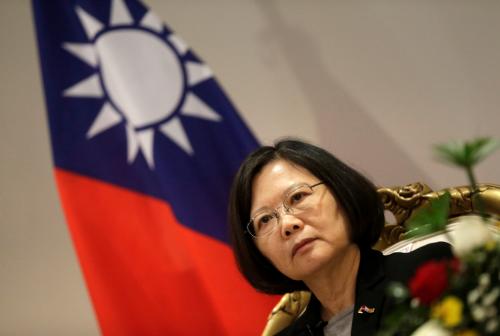
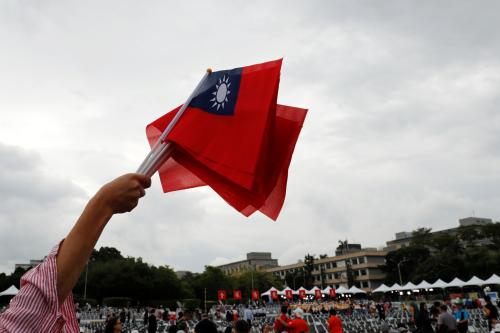
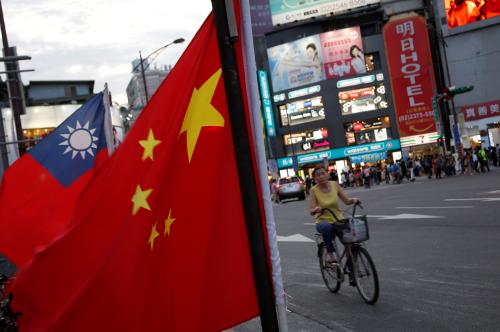
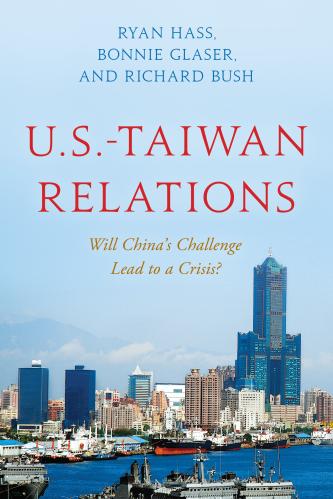
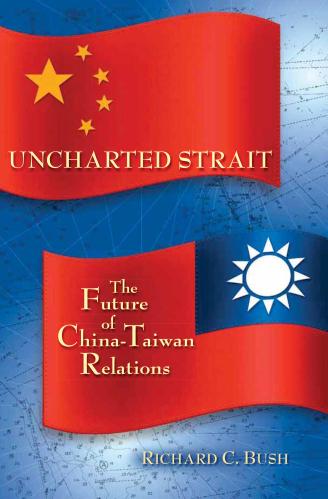
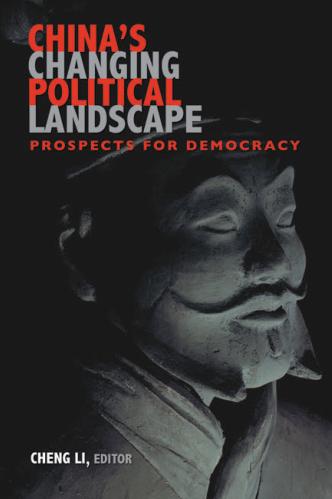



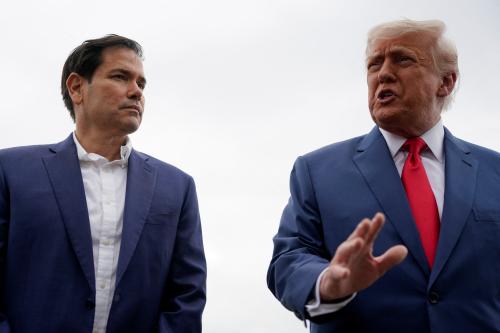
Commentary
Op-edRecent challenges are an opportunity for Taiwan to build policy consensus
Monday, May 21, 2018